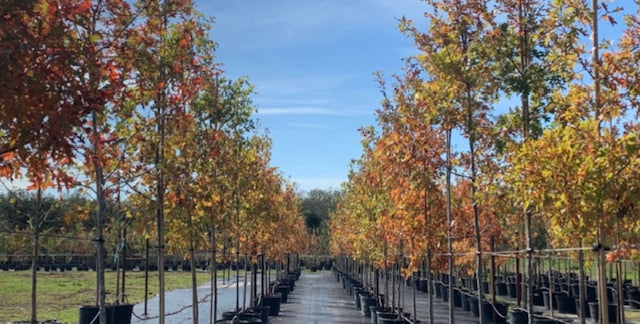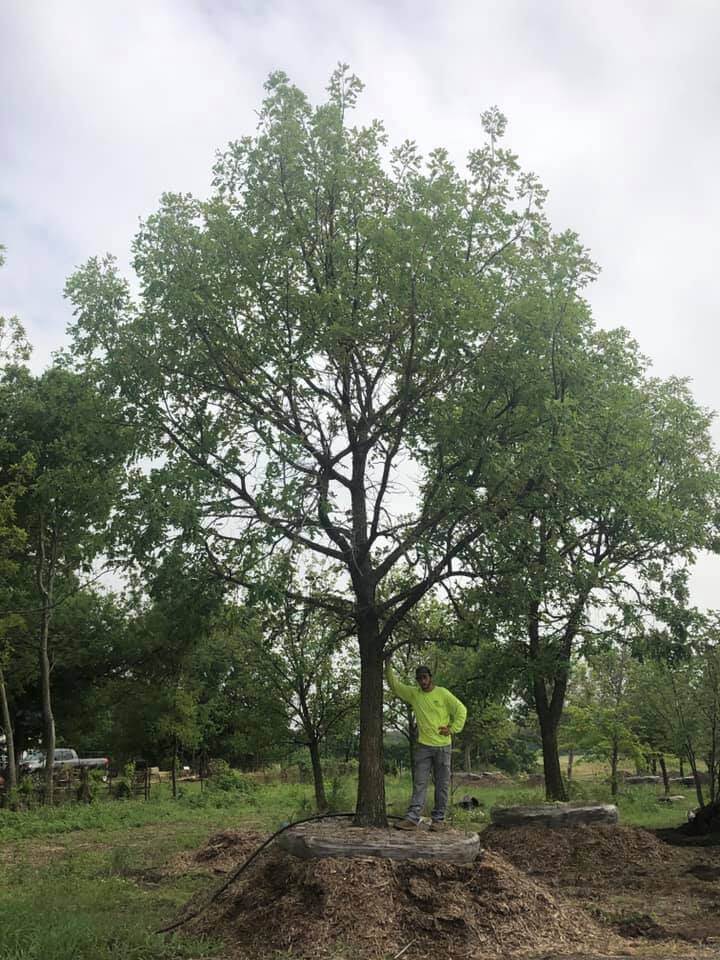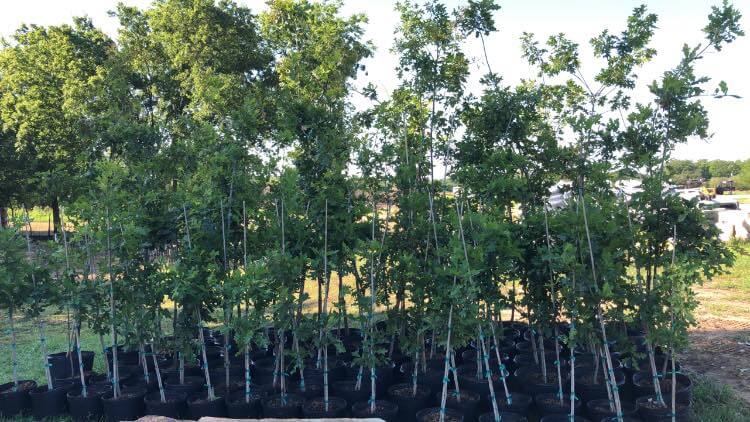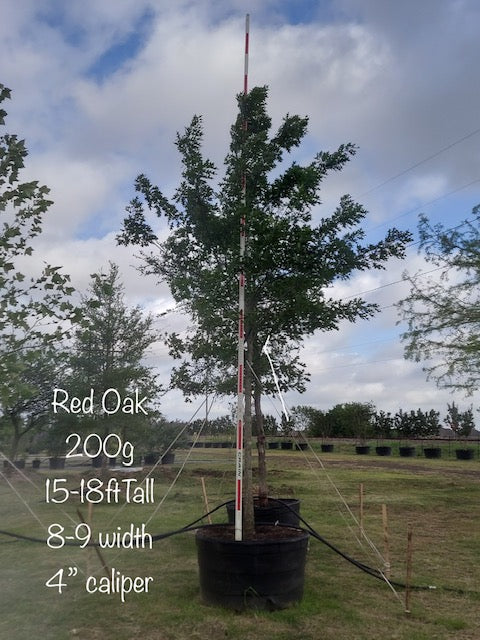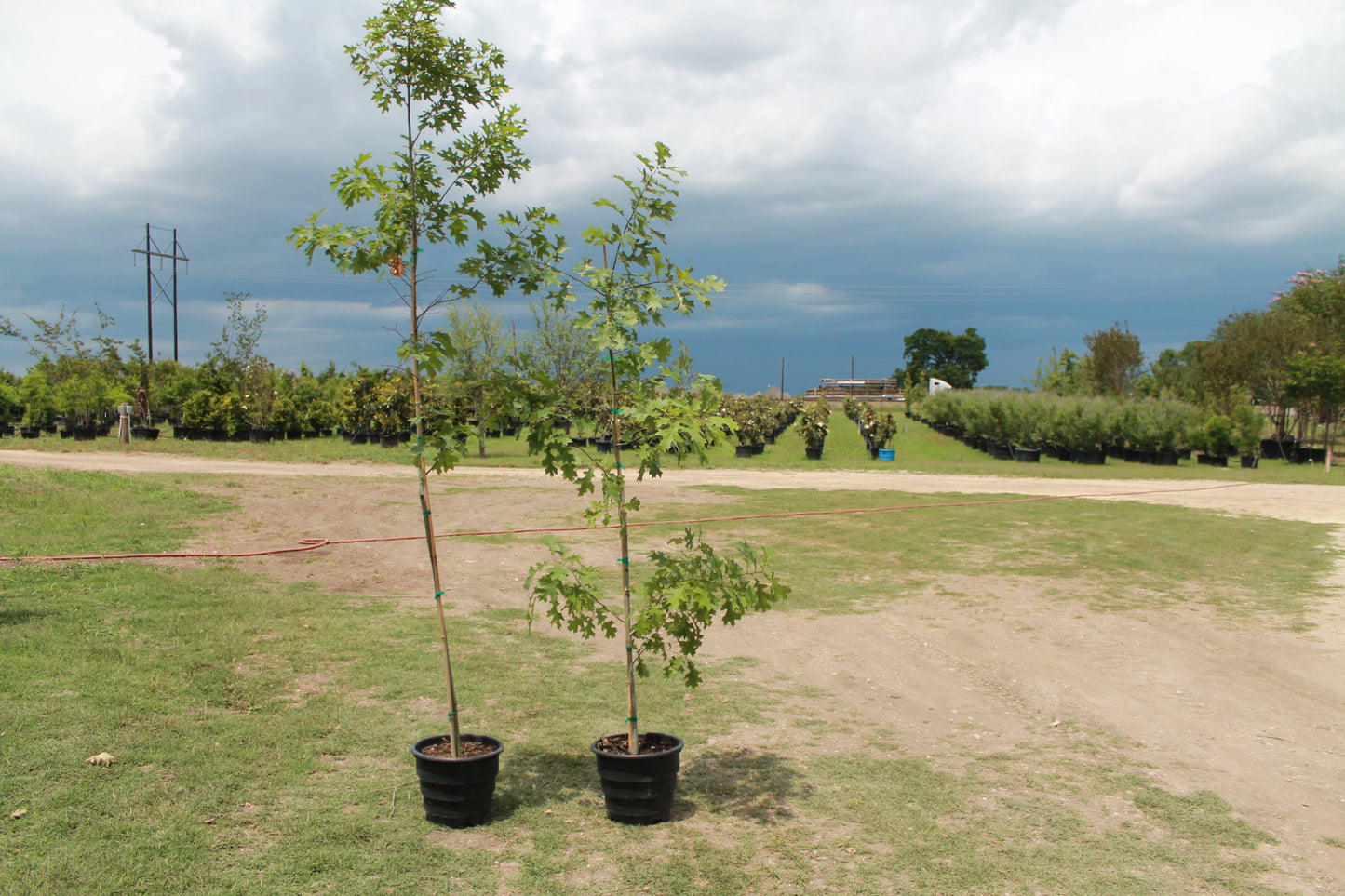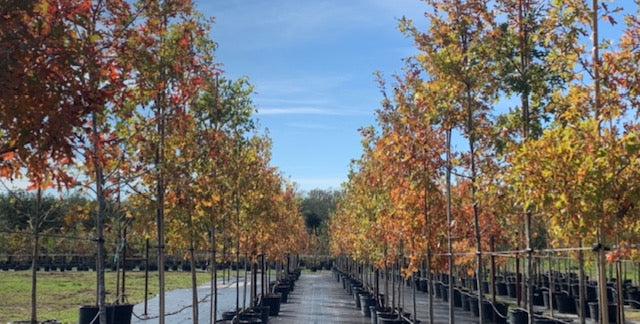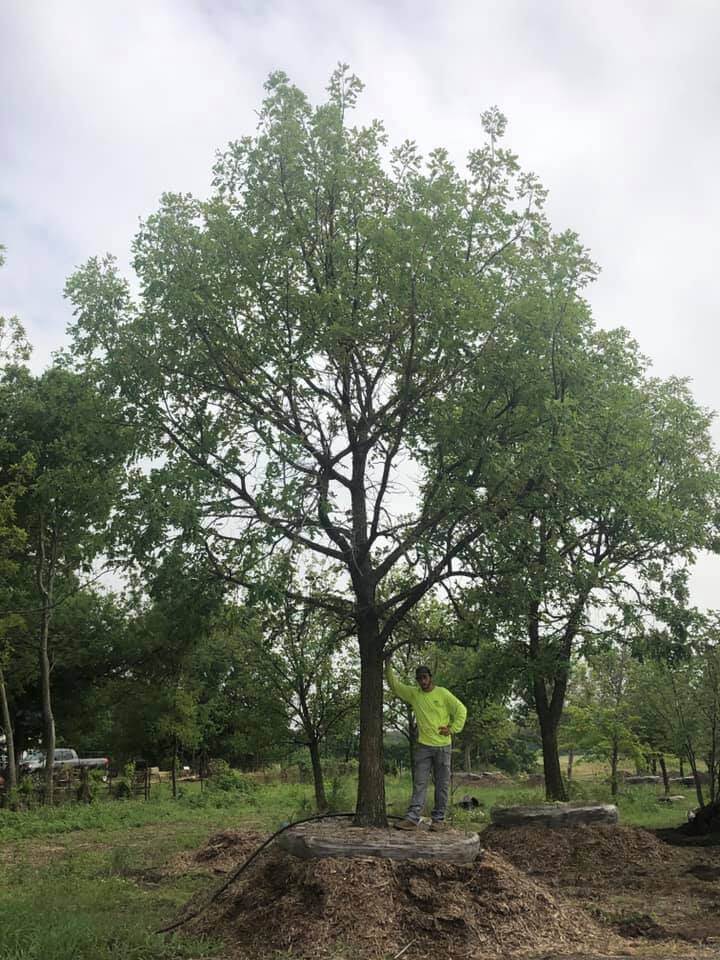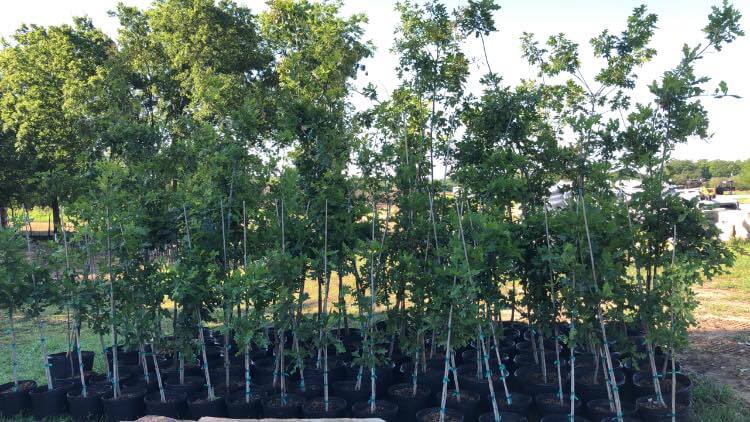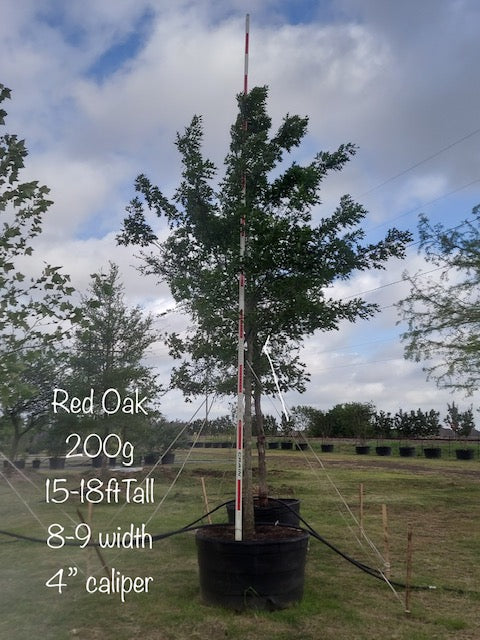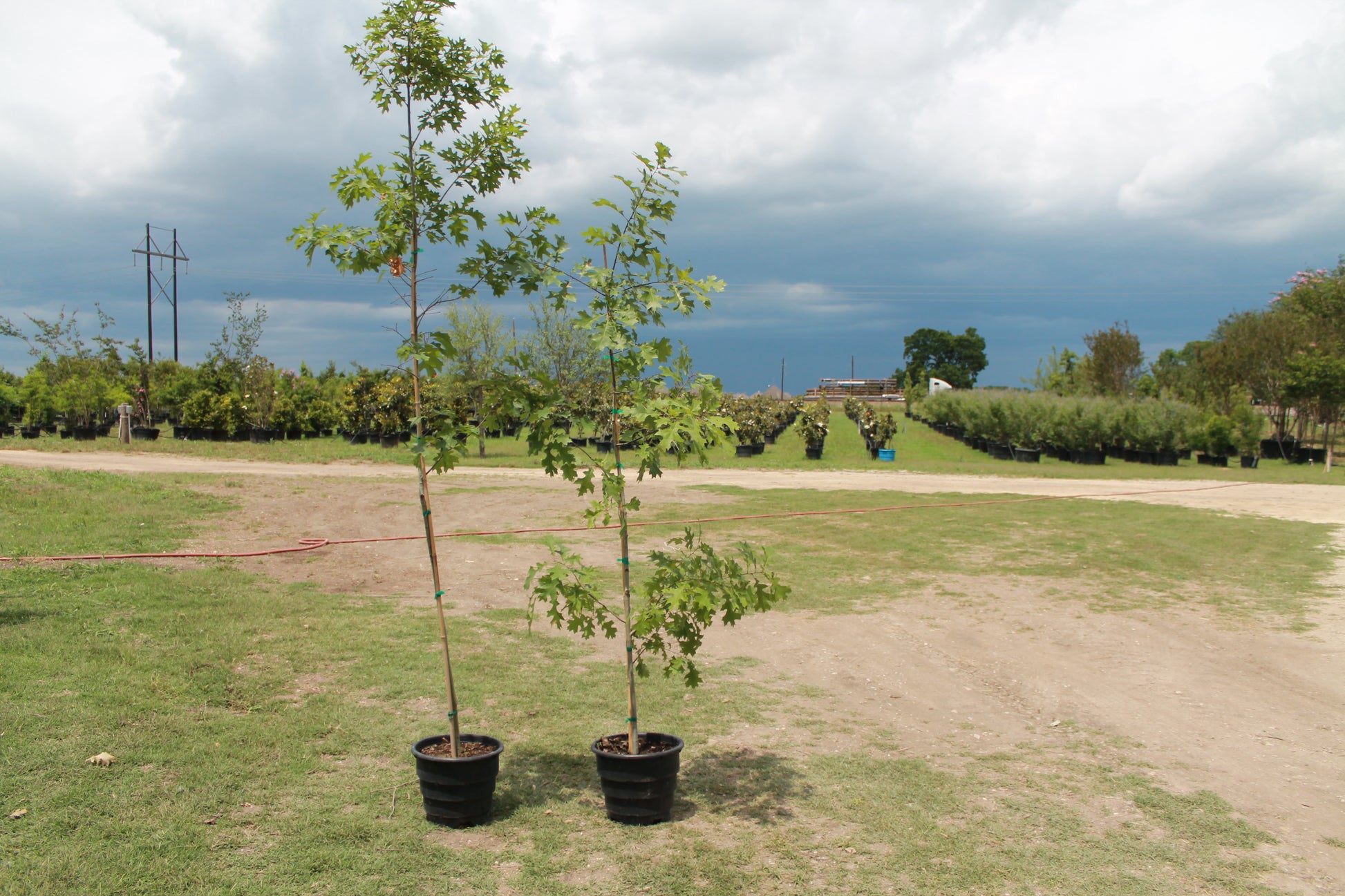Red Oak
Red Oak
Description: Red Oak trees are deciduous hardwood trees with a broad, rounded crown and a straight trunk. They typically have a symmetrical shape with ascending branches that form a dense canopy. The leaves are lobed and deeply incised, with pointed tips and smooth margins. In the spring, Red Oak trees produce inconspicuous flowers that develop into acorns in the fall. The bark is dark brown to grayish-black, with deep furrows and ridges that become more pronounced with age.
Size: Red Oak trees are renowned for their large size and impressive growth rate. Mature trees can reach heights of 60 to 75 feet (18 to 23 meters) with a spread of 45 to 50 feet (14 to 15 meters) or more. In optimal growing conditions, Red Oaks may grow even larger and wider, with massive trunks and expansive canopies. Young trees typically have a faster growth rate, while older trees may grow more slowly and develop a more spreading form.
Best Growing Zones: Red Oak trees are native to eastern North America and are well-suited to a wide range of climates and growing conditions. They are commonly found in USDA hardiness zones 3 through 8, where they thrive in temperate climates with distinct seasons. Red Oaks prefer regions with moist, well-drained soil and ample sunlight, although they can tolerate a variety of soil types and growing conditions. They are relatively tolerant of urban pollution and drought once established.
Soil and Sun Requirements: Red Oak trees prefer well-drained soil with good fertility and adequate moisture retention. They grow best in full sun exposure, receiving at least 6 to 8 hours of direct sunlight per day. Red Oaks are adaptable to a variety of soil types, including sandy, loamy, or clay soils, as long as they are not excessively wet or compacted. They may struggle in poorly drained or waterlogged soils, so it's essential to ensure proper drainage when planting.
Maintenance: Red Oak trees are relatively low-maintenance once established but benefit from regular care to ensure healthy growth and longevity. Pruning is typically done in late winter or early spring to remove dead, diseased, or overcrowded branches and to maintain the desired size and shape. Avoid excessive pruning, especially of the main branches, as this can compromise the tree's structural integrity and overall health. Mulching around the base of the tree helps retain soil moisture, suppress weeds, and protect the shallow roots from damage.
